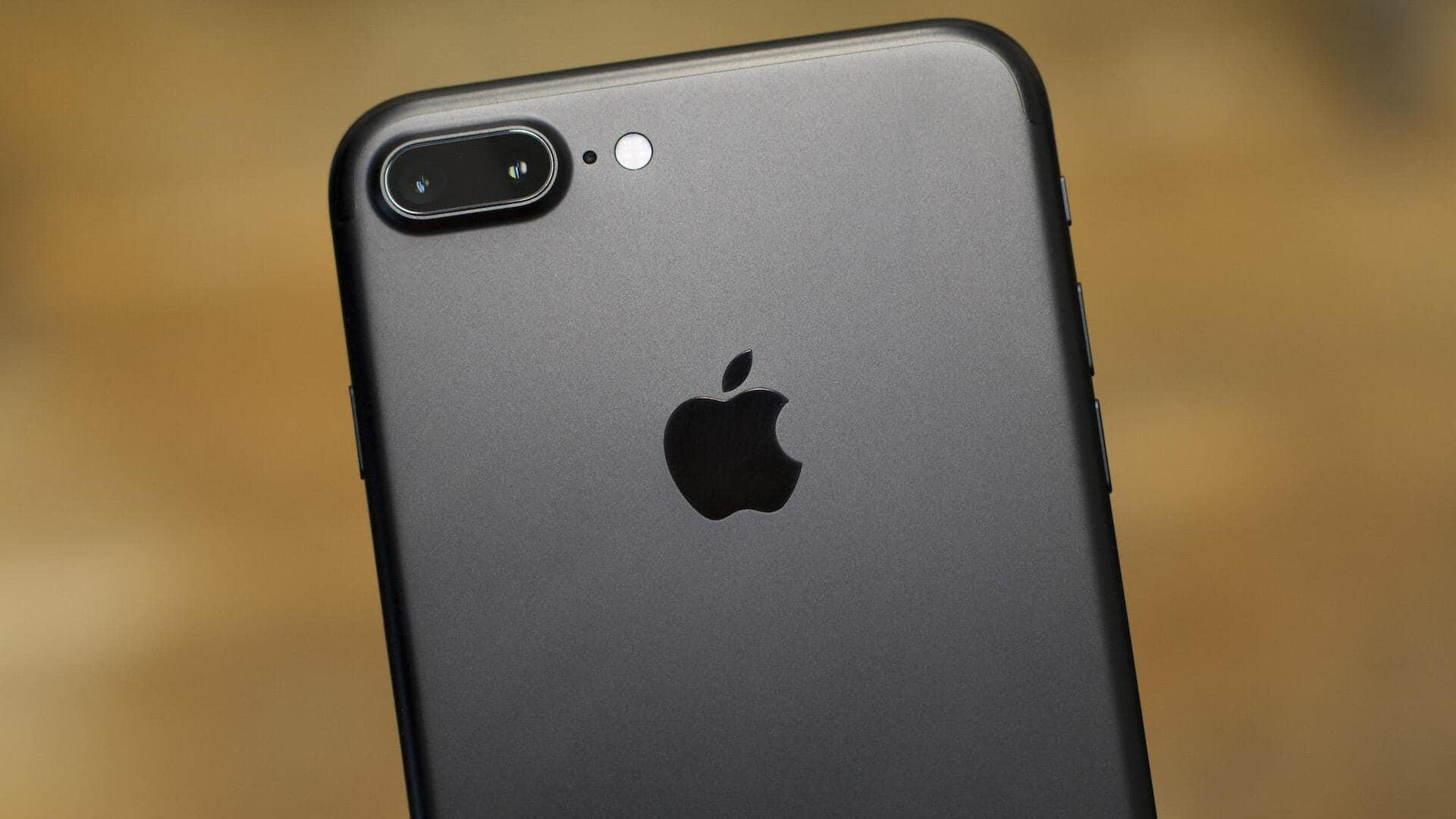
Apple iPhone 7 Plus is now vintage: What it means
What's the story
Apple has added the iPhone 7 Plus to its official list of vintage products, effective May 21. Launched back in 2016, the device was once the flagship of the Cupertino giant. It introduced several features that have since become an integral part of the iPhone experience, including a dual rear camera system, a solid-state home button, and the iconic Jet Black finish.
Define
Understanding Apple's 'vintage' classification
In Apple's terminology, a product is labeled vintage if it hasn't been sold for more than five years but less than seven. Once it crosses the seven-year mark, it's classified as obsolete, meaning Apple and its authorized service providers stop offering repairs or replacement parts. iPhone 7 Plus users can still seek service for now, provided parts are in stock. Sourcing components for the handset will become increasingly difficult as it continues to age.
Additions
Other devices added to Apple's vintage and obsolete lists
Along with the iPhone 7 Plus, Apple has also included the 64GB and 256GB variants of the iPhone 8 in its vintage list. The 128GB iPhone 8 isn't vintage yet, as it stayed on the shelves for a longer time. Meanwhile, older models like the iPad Air 2 and iPad mini 2 have been shifted to Apple's obsolete category, meaning service or parts won't be provided for them.
Issues
iPhone 7 Plus's 'Loop disease' and class-action lawsuit
One of the biggest concerns with the iPhone 7 Plus is the "Loop Disease," an audio IC failure that prevents the microphone from working, making the phone useless for voice calls and Siri interactions. The issue resulted in a class-action lawsuit settled in January 2024, with payouts of $49-$350 to eligible owners. However, those who bought iPhone 7/7 Plus after January 3, 2023, weren't included.